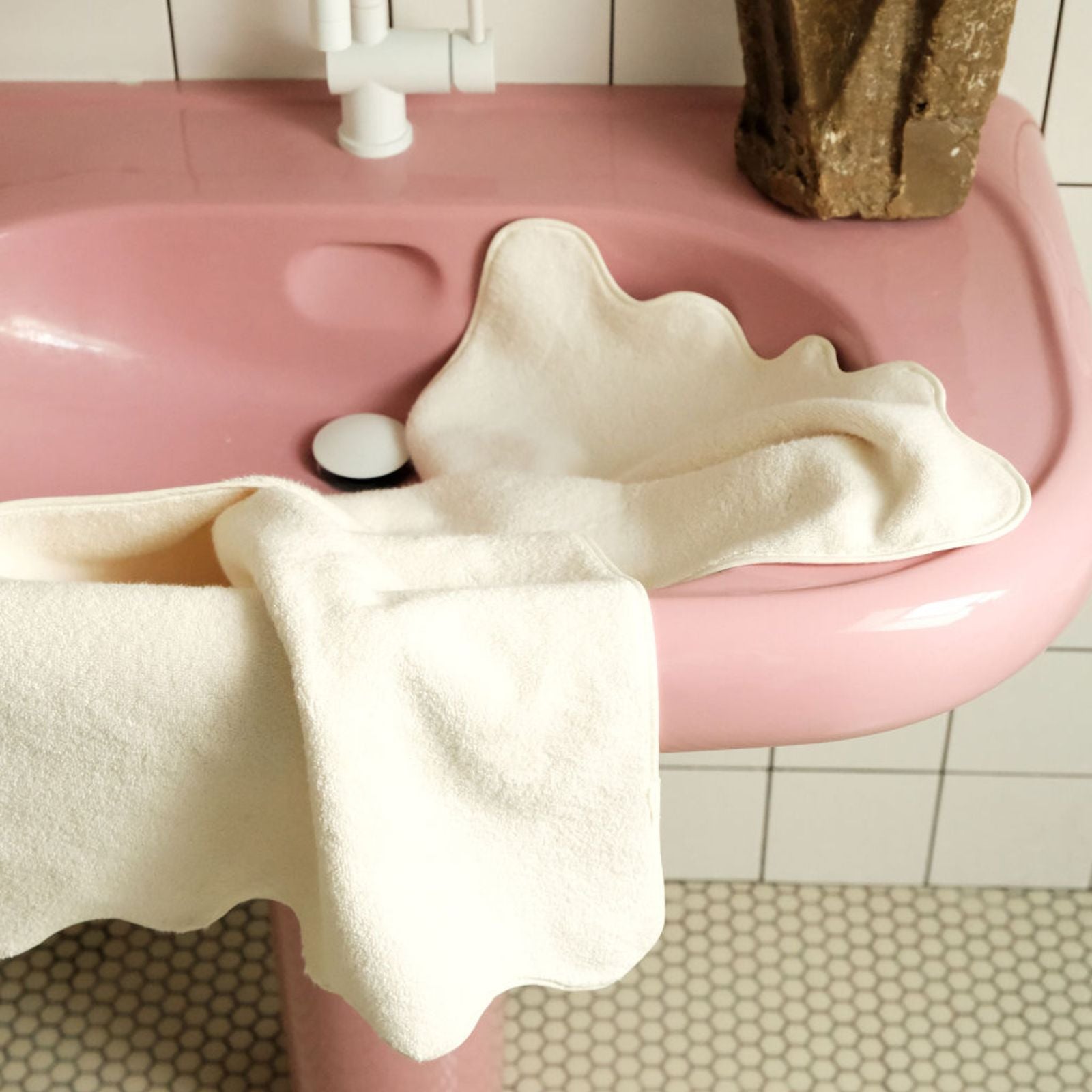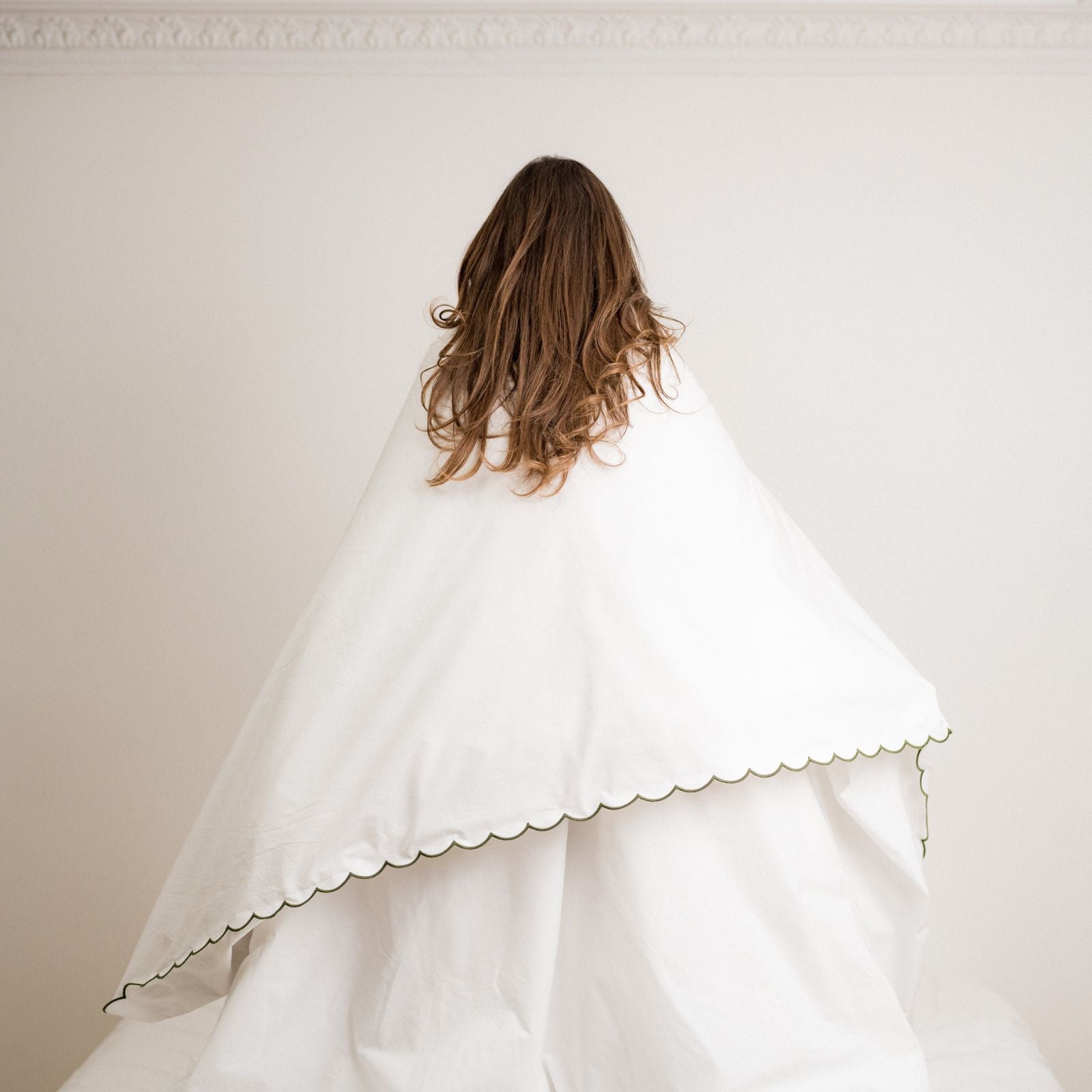Linen is a wonderful material. Here’s why we’ve made it the star of our collections!
What is linen?
Linen fabric is made from the fiber of the flax plant, a herbaceous plant from the Linaceae family.
How old is linen?
Linen is an ancient material, known since the earliest antiquity. Yet, it remains strikingly modern, both for its ecological virtues and its chic appearance.
Where is linen grown?
The majority of linen production (80% of the world’s production) takes place in France, Belgium, and the Netherlands (specifically between Caen and Amsterdam).
What are two main characteristics of linen?
Thermoregulating: Linen provides a cooling sensation in summer and retains warmth in winter, making it an ideal material for all seasons.
Durable: Linen is the strongest textile fiber. Pure linen fabric doesn’t pill, deform, and the more you wash it, the softer it becomes. Linen is therefore durable and withstands time very well.
Why is linen an ecological material?
Linen is a very ecological natural fiber because it grows locally, requires no chemical use, and needs almost no irrigation. Furthermore, the entire plant is usable.
Does linen wrinkle?
Yes, like all natural materials (such as cotton), but this is what gives it its charm. If the wrinkling from the washing machine is too significant for your taste, we recommend shaking your linen and letting it air dry naturally if possible. You can also dry it in the machine on low heat until it’s damp, then finish drying it in the open air.




